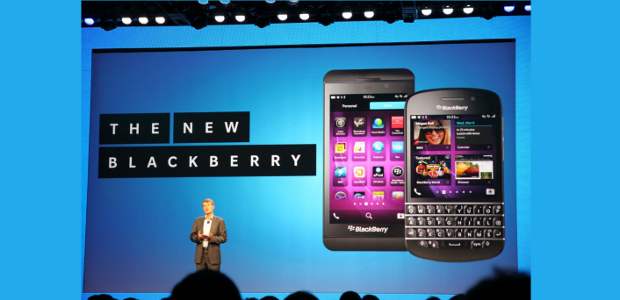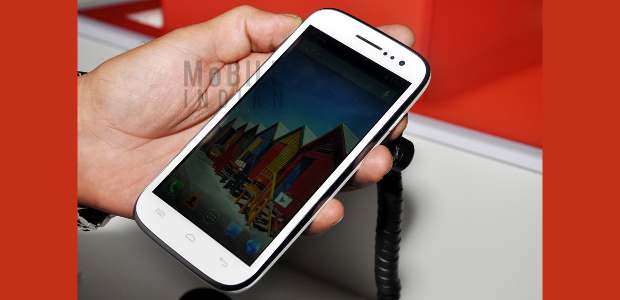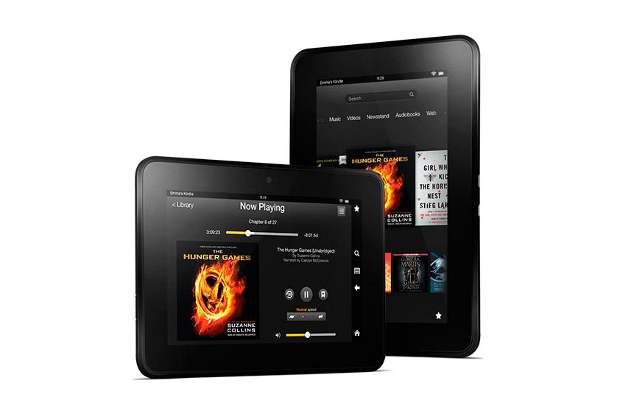It looks like the new Google Play Services rolling out today held one more surprise besides hints of Android Device Manager. With the latest update, Android's Photo Sphere viewer can make use of the on-board compass, allowing you to navigate a sphere just by moving your device, much like Streetview's "Compass Mode."
To enter compass mode, users need only press the arrow icon in the lower left corner of the screen. The icon automatically disappears when you aren't touching the screen, allowing you to look at the sphere uninterrupted.
This is a small enhancement, but one that makes Photo Spheres just that much more awesome. Don't have the new Play Services yet? Head to our earlier post to grab the download.
Update: Since noticing the new Photo Sphere's button looks decidedly low-res, some users report that perhaps Google's rolling out different Play Services apk files for devices with different screen densities. We aren't sure whether this is the case, but if we come across any new information, we'll update the post again.
Update 2: Since it's likely Google is distributing multiple Play Services apks, we recommend that you uninstall updates then update directly from the Play Store once the update has reached a wider rollout (probably in several days' time). Until then, using the downloadable apk shouldn't hurt anything, but it may not be optimized for your device.






























